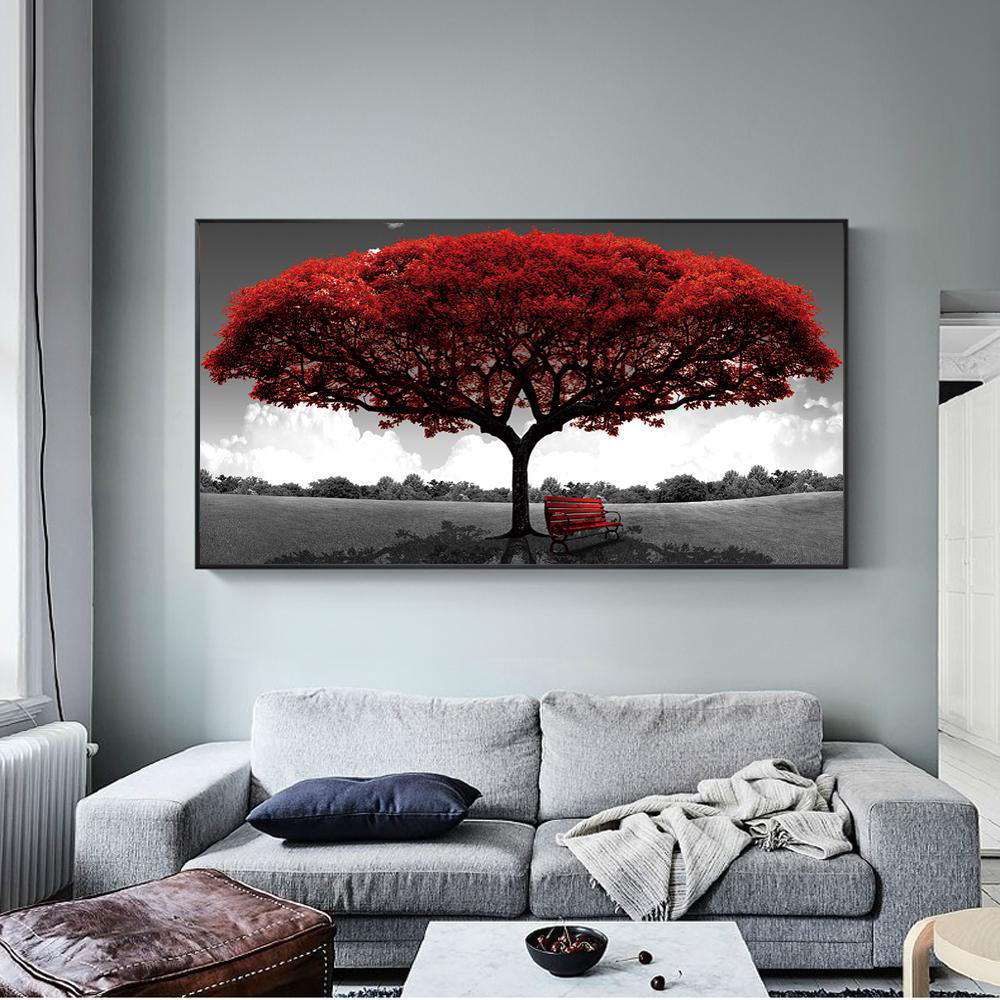When it comes to home design, the ceiling often gets overlooked. Many homeowners focus on the walls, flooring, and furniture without giving much thought to what’s overhead. However, the ceiling is an important aspect of any room and can make a huge impact on the overall design. In recent years, bumpy ceilings have gained popularity as a unique and eye-catching choice for homeowners looking to add texture and interest to their homes.
What is a Bumpy Ceiling?
A bumpy ceiling is essentially a ceiling with a textured surface. This texture can come in many forms, such as popcorn, cottage cheese, or stucco. The texture is typically achieved by spraying a mixture of drywall compound and water onto the ceiling and then using a roller or other tool to create the desired texture. Bumpy ceilings were popular in the 1970s and 1980s, but fell out of favor in the following decades as smoother, more streamlined designs became popular. However, in recent years, bumpy ceilings have made a comeback as homeowners look for unique and interesting design choices.
Advantages of a Bumpy Ceiling
There are several advantages to choosing a bumpy ceiling for your home. First and foremost, a bumpy ceiling adds texture and interest to a room, helping to break up the monotony of flat walls and floors. Additionally, a bumpy ceiling can help to hide imperfections, such as cracks or uneven surfaces. This can be especially helpful in older homes that may have structural issues. Finally, bumpy ceilings can help to enhance acoustics in a room by absorbing sound and reducing echoes.
Disadvantages of a Bumpy Ceiling
While bumpy ceilings offer several advantages, there are also some disadvantages to consider. First, bumpy ceilings can be difficult to clean. Dust and cobwebs can accumulate in the texture, making it difficult to keep the ceiling looking clean and fresh. Additionally, bumpy ceilings can be tricky to repair if they become damaged. Matching the texture and color of the surrounding ceiling can be a challenge, and repairs may be visibly noticeable. Finally, bumpy ceilings may not be to everyone’s taste. Some people may find the texture overwhelming or outdated, so it’s important to consider personal preferences when deciding on a bumpy ceiling.
Design Tips for Bumpy Ceilings
If you decide to go with a bumpy ceiling, there are several design tips to keep in mind. First, consider the type of texture you want. Popcorn and stucco textures are popular choices, but there are many other options to choose from as well. Consider the overall style of your home and the mood you want to create in each room when choosing a texture. Additionally, consider the color of the ceiling. While many bumpy ceilings are white, you can also experiment with color to create a bold statement. Finally, keep the rest of the room’s design in mind when choosing a bumpy ceiling. Bumpy ceilings can be a great focal point, but they shouldn’t distract from other design elements in the room.
The Bottom Line
A bumpy ceiling can be a fun and unique choice for homeowners looking to add texture and interest to their homes. While there are some disadvantages to consider, such as difficulty cleaning and repairing, the advantages can outweigh the negatives if you choose the right texture and color for your home. If you’re looking for a way to liven up your home’s design, a bumpy ceiling may be just the ticket.

















